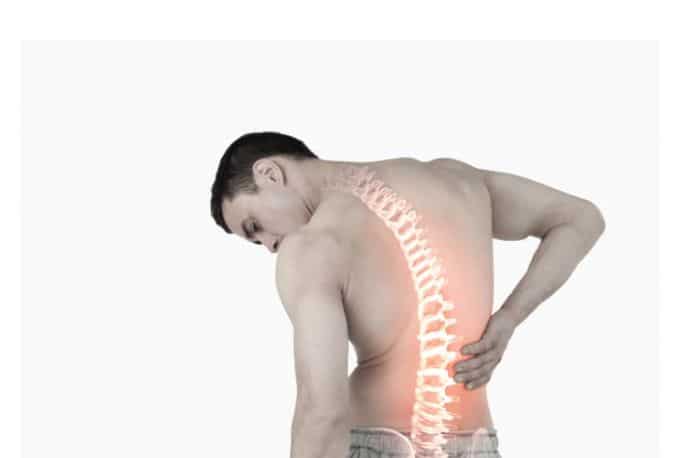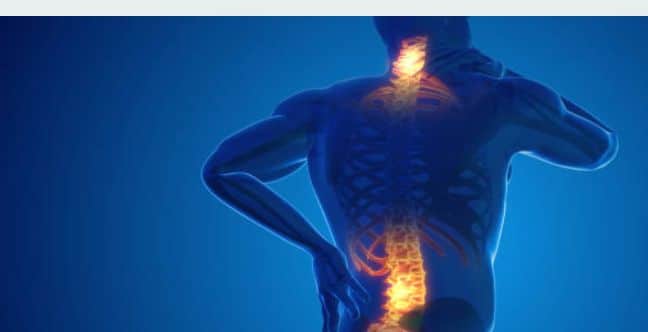Back pain is one of the most common health issues affecting millions worldwide. It can range from a mild, nagging ache to severe, debilitating pain that interferes with daily activities. The causes of back pain are numerous, and understanding these causes, along with preventive strategies and treatment options, is crucial for managing or avoiding this condition.

Types of Back Pain
Back pain can generally be classified into two categories: acute and chronic.
1. Acute Back Pain: This type lasts for a few days to weeks and is often caused by an injury or strain. Acute pain is usually sharp and localized.
2. Chronic Back Pain: Pain that lasts for more than 12 weeks is considered chronic. It can develop gradually or follow an acute episode. Chronic back pain is often associated with underlying medical conditions.
Common Causes of Back Pain
Several factors can contribute to the onset of back pain
1. Muscle or Ligament Strain: Sudden movements or heavy lifting can strain muscles or ligaments, causing back pain. Poor posture over time can also lead to strain.

2. Herniated or Bulging Discs: The spinal discs act as cushions between vertebrae. When a disc bulges or ruptures, it can press on nerves, leading to pain.
3. Arthritis: Osteoarthritis, a degenerative joint disease, can affect the lower back, leading to stiffness and discomfort. In some cases, arthritis in the spine can narrow the space around the spinal cord, causing a condition known as spinal stenosis.
4. Skeletal Irregularities: Conditions like scoliosis, where the spine curves abnormally, can cause back pain, especially as a person ages.
5. Osteoporosis: This condition causes bones to become weak and brittle, increasing the risk of fractures, which can lead to back pain.
Risk Factors.
While back pain can affect anyone, several risk factors increase the likelihood of developing it:-
Age: Back pain becomes more common with age, particularly after the age of 30 or 40, as discs lose hydration and flexibility.
Lack of Exercise: Weak, unused muscles in the back and abdomen can lead to back pain.
Excess Weight: Carrying extra body weight puts additional stress on the back.
Poor Posture: Bad posture while sitting, standing, or sleeping can contribute to back pain over time.
Occupational Risks: Jobs that require heavy lifting, twisting, or repetitive movements increase the risk of injury to the back.

Prevention of Back Pain
Pain Preventive strategies can help reduce the likelihood of experiencing back pain:
1. Regular Exercise: Strengthening the muscles that support the spine, particularly the core muscles, is crucial in preventing back pain. Low-impact activities such as walking, swimming, or cycling can help maintain spine health.
2. Good Posture: Paying attention to posture while sitting, standing, or lifting objects is essential. When sitting, choose a chair that supports the lower back, and avoid slouching.
3. Ergonomic Workstations: Set up workspaces that promote good posture. For instance, chairs should provide proper lumbar support, and screens should be at eye level to prevent neck strain.
4. Maintain a Healthy Weight: A balanced diet and regular physical activity can help prevent excessive weight gain, reducing strain on the back.
5. Proper Lifting Techniques: Bend at the knees, not the waist, when lifting heavy objects, and use the legs to lift rather than the back.
Treatment
Options Treatment for back pain varies depending on the severity and cause of the pain. Most cases can be managed with conservative treatments, while others may require more intensive interventions that is Self-Care Measures, Rest and Activity Modification.




